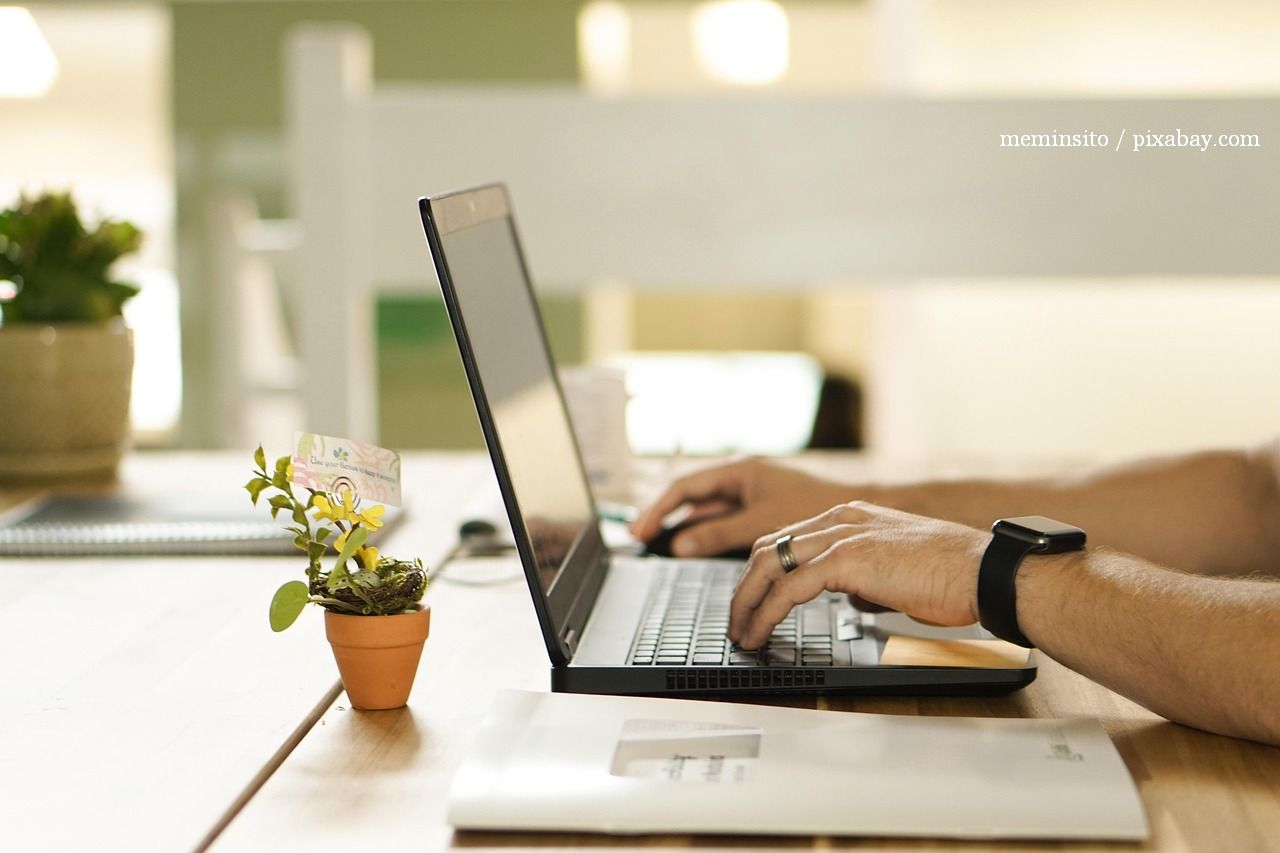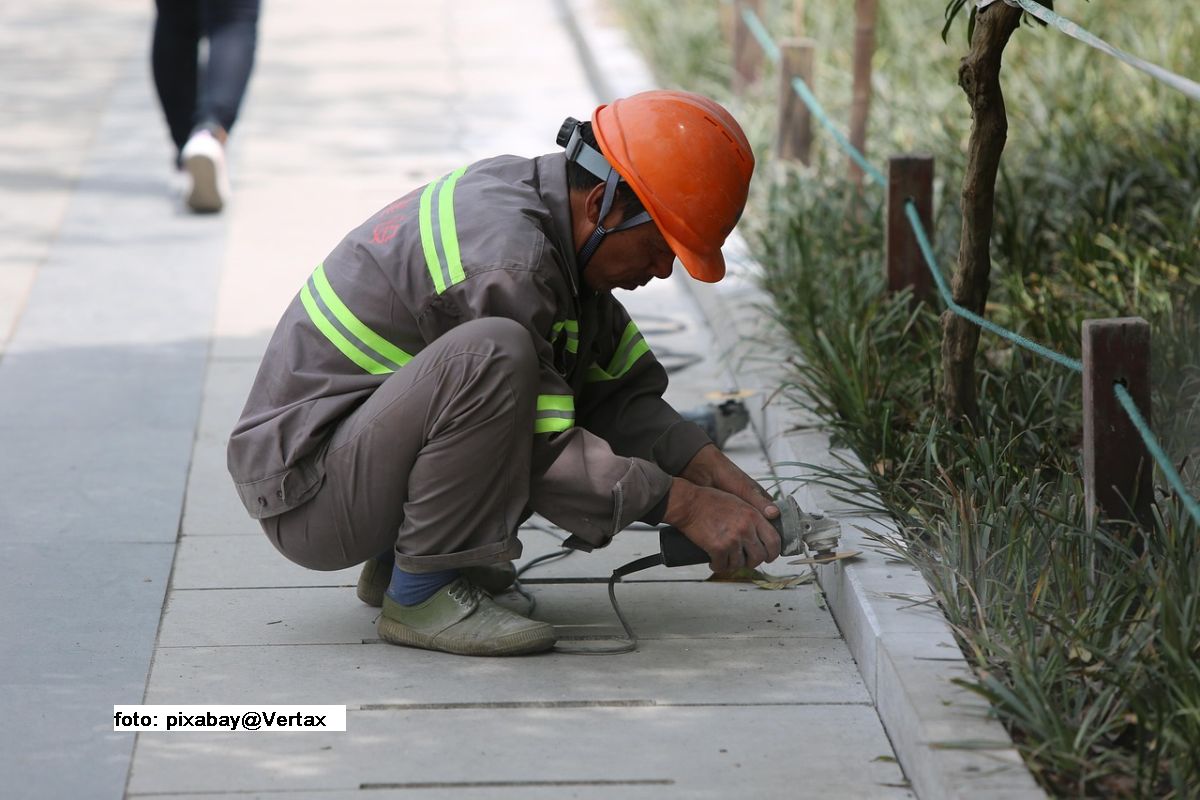Office 2.0. How working conditions have changed in the post-pandemic era
If employers were to decide, more than 82% of the employees would not oppose working exclusively from the office

Luiza Moldovan, 13.11.2024, 11:46
If employers were to decide, more than 82% of the employees would not oppose working exclusively from the office, even if, they admit, this would not be very convenient for them. This is what the results of a survey recently published by a real estate developer in Romania show. The year 2024 continued the return-to-office trend, which had become evident already last year. According to the results of this national survey, which included 1,168 respondents, the employees say that they would adapt very quickly to this type of work. The respondents say that the return to office allows a better separation between personal and professional life (45%). For 53% of respondents, the interaction with colleagues is a very important reason for wanting to go back to office. Moreover, if the employer were to impose office work, less than 18% of employees would start looking for another remote or hybrid job or choose to resign from their current job.
We discussed this topic with Andra Pintican, founder of an HR school. An activist for mental hygiene at work, Andra Pintican does not believe in exclusive recipes:
“Personally, I don’t believe in universal recipes. What works for one organization may not work for another. As for the topic of returning to office, I think it’s a pretty sensitive one, still, for many of us. What’s more, I hear different perspectives in the market, depending on the bubble I’m interacting with. I’ve talked with people from organizations where the employees themselves proposed to return to office, but also organizations where, after the return to office was imposed, resignations were registered and the morale of the team dropped very much. I think I would move the conversation from “do employees prefer remote or on site” to “what are the real needs of our teams?” It may be that our employees got so disconnected from their needs, because of the dynamic life they have, that they don’t even want to admit their needs to themselves. Consequently, maybe we need to do an analysis of unperceived difficulties first.”
There are specialists who say that the trend of returning to office work is increasing also because offices look better and working conditions have changed for the better. But these changes are not uniform. The lockdown training 4 years ago may have put on “fast-forward” the speed at which we adapt.
Andra Pintican: “If there were a new lockdown as of tomorrow, how quickly do you think people would start working remotely again? Probably right away, given that we already have experience from the Covid situation. Also, many corporations say that we were one of the countries in Europe that mobilized the fastest. And the fact that we have a very good Internet infrastructure allowed us to become very efficient from home as well, and most likely in a bad situation we would start over and do better than last time”.
Changes in the post-pandemic work environment are not uniform, given that almost 60% of the respondents to the aforementioned survey claimed their office remained unchanged in the last 4 years. Over 11% of them say their work area is too small now, while 8 % of them complain they have fewer facilities at their fingertips than they had before the pandemic. Furthermore, more than 71% of the participants claimed the company they worked for did not relocate its premises in the last 4 years. A mere 13 % say they now work in new premises, bigger, and better equipped. Almost 27% of them claim their present office is not big enough for the team’s needs, while more than 33% say the office has fewer facilities and equipment.
Quite a few of us in recent year have witnessed relocations of the companies we’ve been working for. Employers’ preference for sustainable buildings, with low utilities cost and adaptable consumption has been relevant as of late. Despite their charm, the city’ s historical areas the companies once preferred have been replaced with slightly worse- placed areas which are nonetheless more generous in terms of facilities. These new office hubs’ architecture and designs are literally stat-of-the-art, yet do employees actually need that?
Andra Pintican: “Safety, comfort and resources are three key elements for us to do our job. They are, indeed. And yet, they are insufficient in today’s world. We want high-performing employees and over and above anything else, we want them to innovate, so we can catch up with the cut-throat competition on the market. However, we ought to ask ourselves if the environment people should beget innovation in, is set in such a way so a space could be created, physically, but also mentally, for that. Apart from the quality of the office spaces and, obviously, apart from the facilities required for us to have safety and comfort, I should like to speak about creativity. Just as any given human being, when they’re at home, has a certain state of mind provided by their personal space, when at work, we’re being equally influenced by that. Design should not be something about making a splash and showing off with the employers’ brand, but rather, about the need to create an immersive experience at the workplace, which quite easily leads the employee into experiencing the state of flow. However, as we’re sitting here speaking about the work flow in the office spaces, we would do well to admit that in Romania we have office areas with no heating for the employees, and we’re not speaking about hot coffee. So we can start with safety and comfort and, having made sure we achieved that, we can move further and take a look at the quality of the working spaces considering their design as well”.
According to Mihaly Csikszentmihalyi, the psychologist who popularized the concept of flow, the state of flow translates into being totally involved and focus to the best of our abilities on an activity that bring us joy and motivates us.
The enthusiasm of returning to the workplace physically may also depend on the employees’ age. For sure, the younger you are, the grater the need to leave the house is. As for the elderly ones, with them, things are divided. Quite a few of them opt for the hybrid solution, yet at the same time, for others, retuning to the workplace physically doesn’t sound that bad. It keeps them on their toes!






























